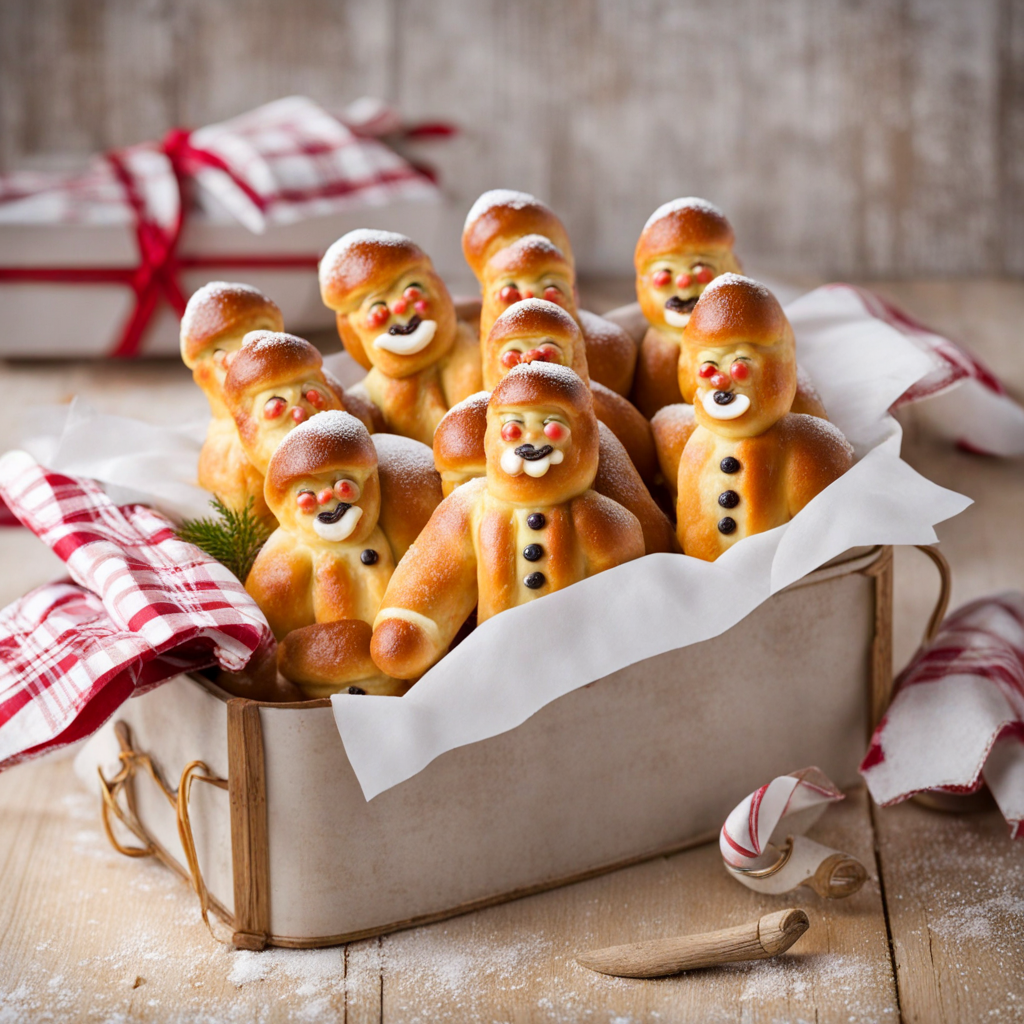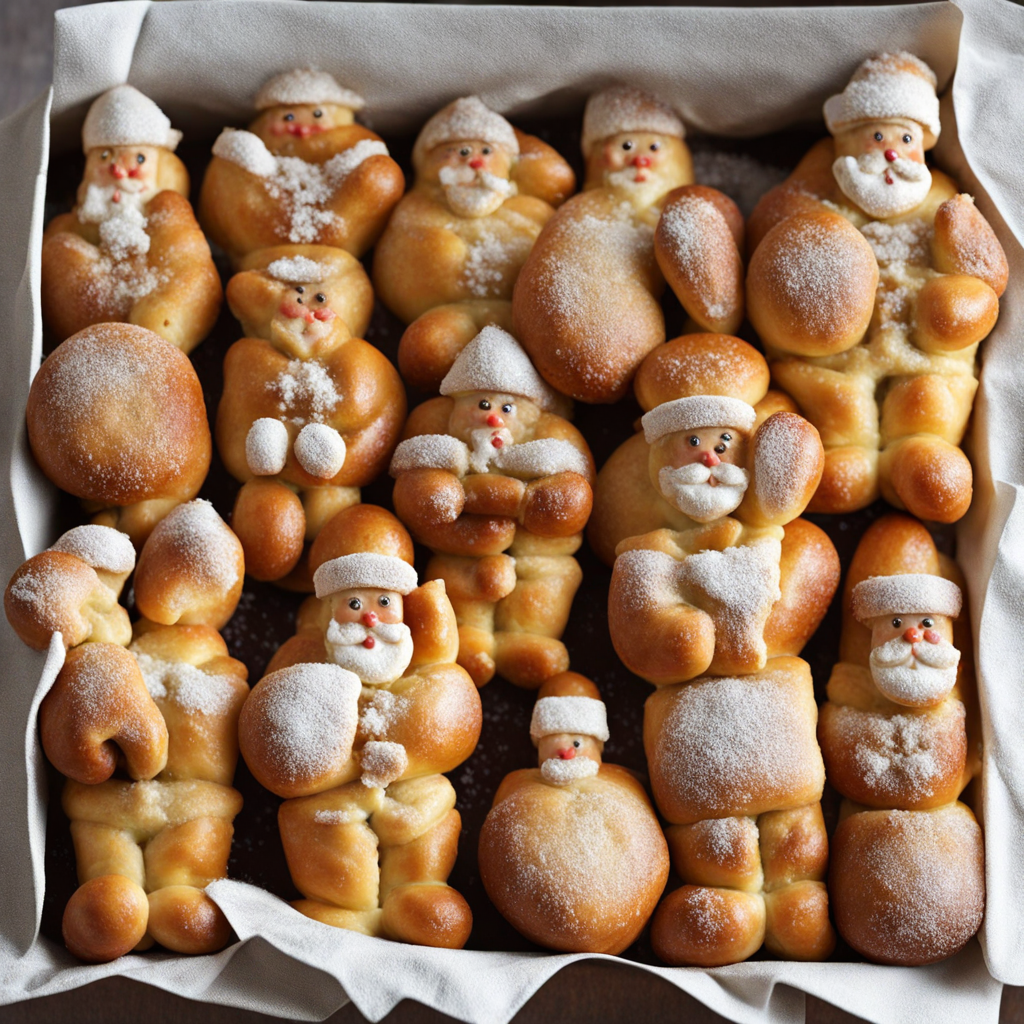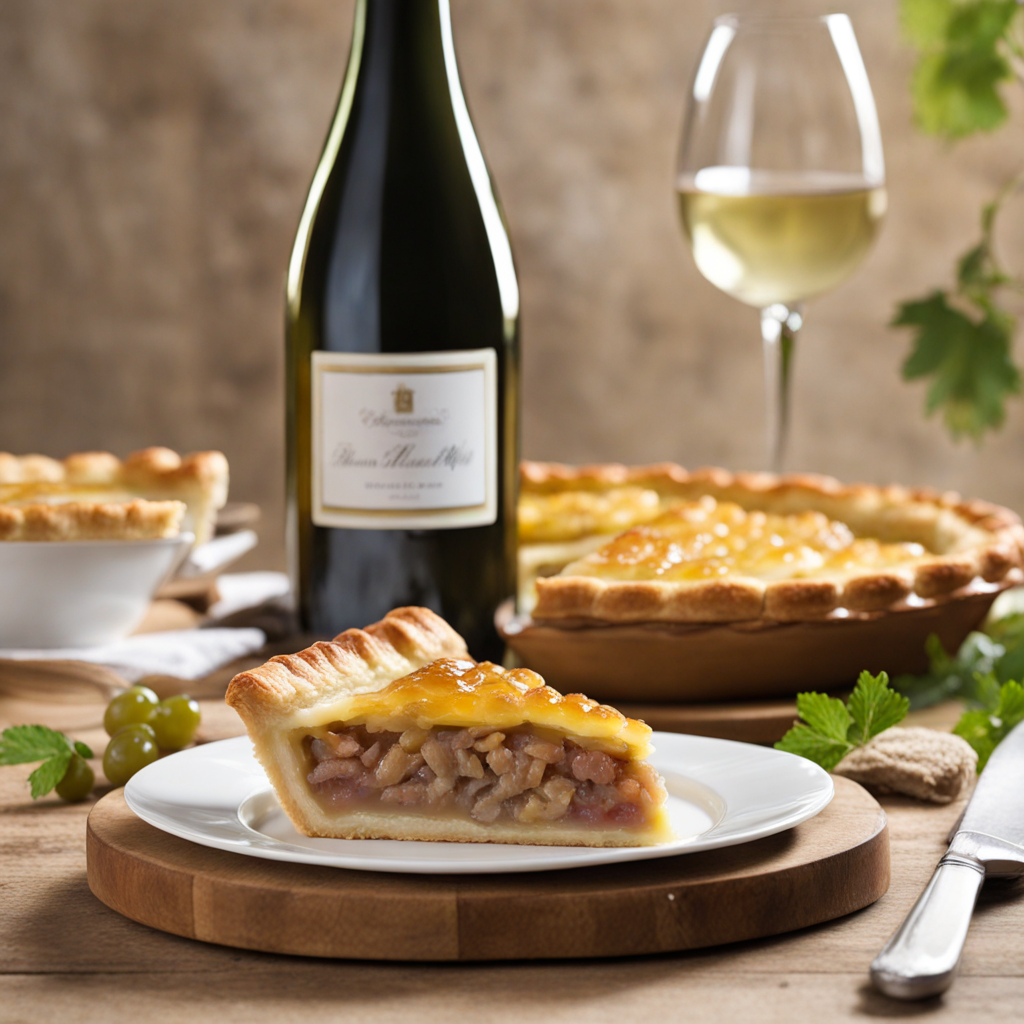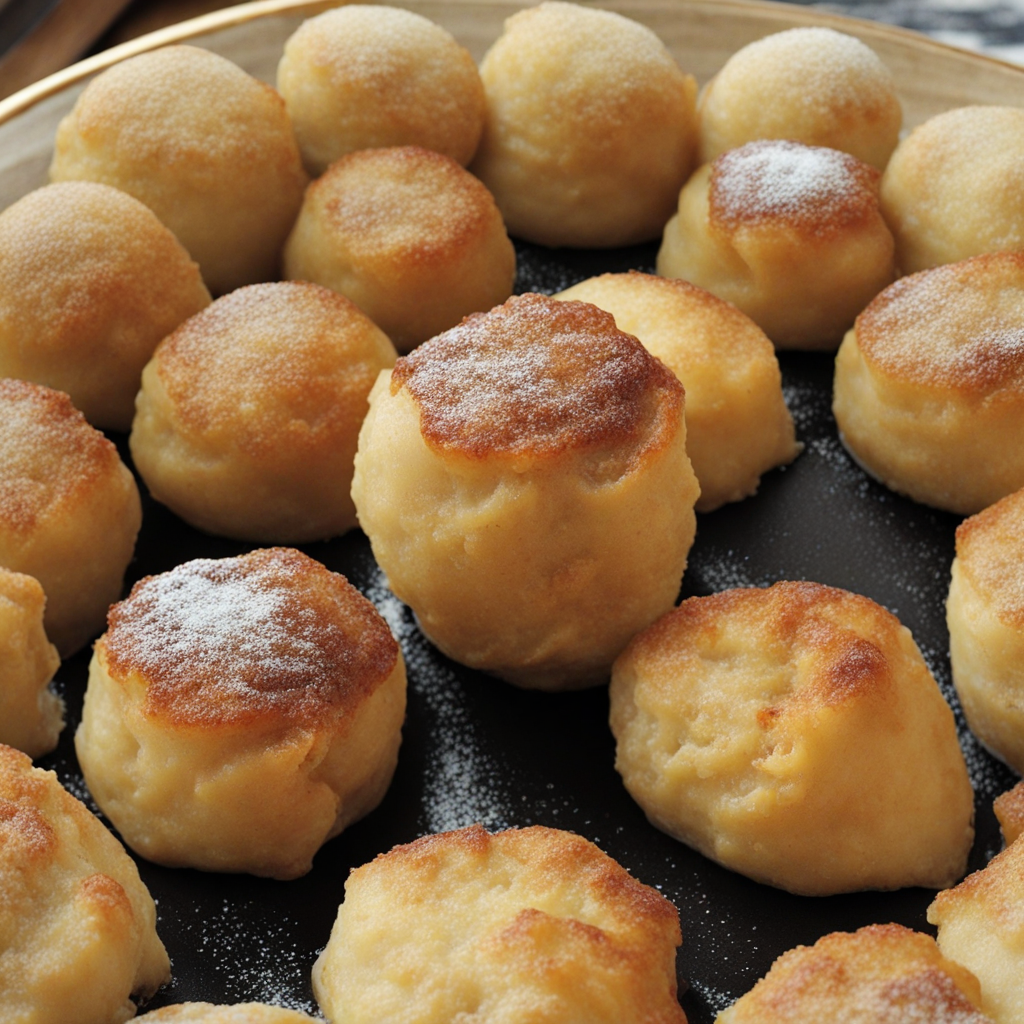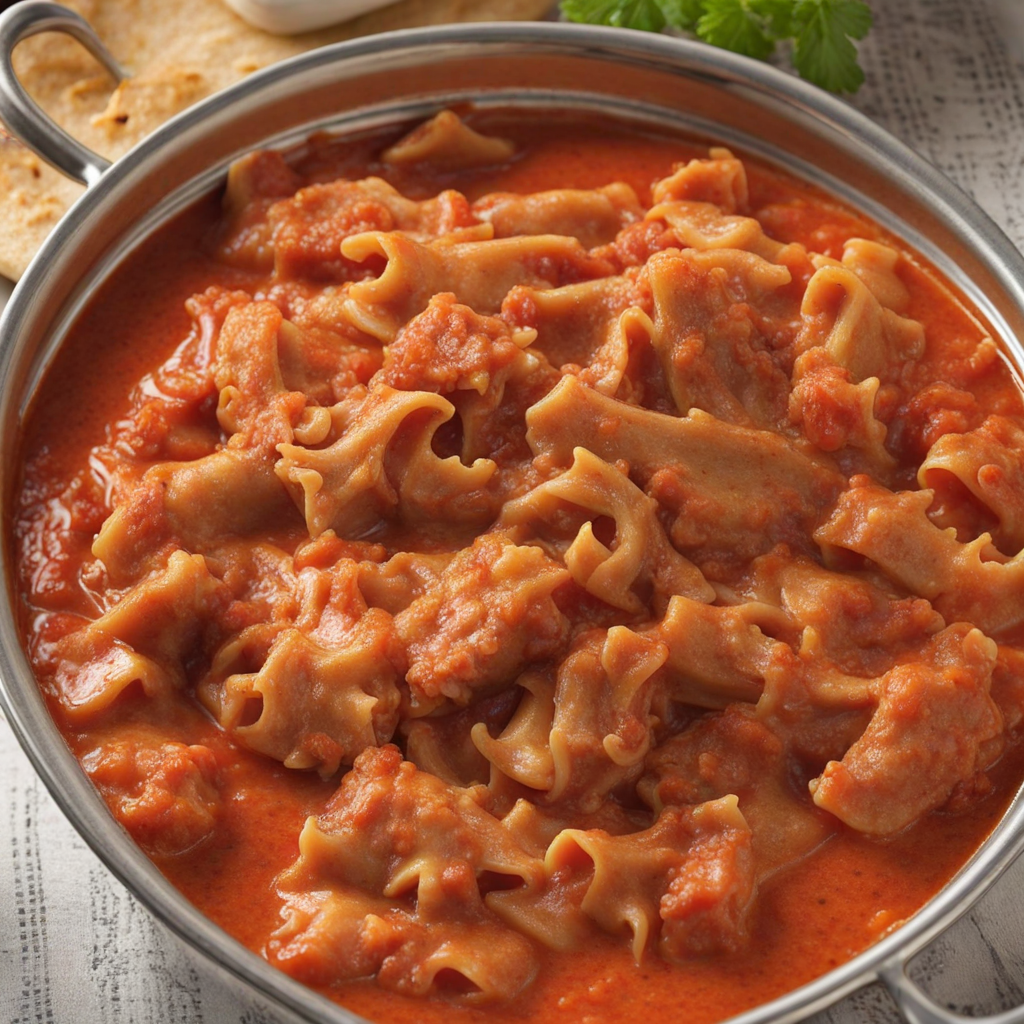Boxemännercher
Boxemännercher is a delightful traditional pastry from Luxembourg, often enjoyed during festive seasons, particularly around Christmas. These small, spiced gingerbread men are not only visually charming but also irresistible in flavor. The dough is typically made with a blend of flour, honey, and a variety of warm spices such as cinnamon, cloves, and nutmeg, which give the cookies their distinctive taste and aroma. Once baked, the Boxemännercher are usually decorated with icing, making them a colorful and festive treat that captures the spirit of the season. These spiced figures are often infused with a hint of citrus, such as orange or lemon zest, adding a refreshing brightness to the rich, sweet dough. The combination of spices creates a warm, comforting flavor profile that perfectly complements the holiday atmosphere. Traditionally, they are shaped like little men, but variations may also include other festive shapes, contributing to their playful appeal. Each bite is a delightful mix of crunch and chewiness, making them a perfect accompaniment to a cup of hot chocolate or mulled wine. Boxemännercher are more than just a seasonal treat; they hold cultural significance in Luxembourg, often shared among families and friends during gatherings. Baking these cookies can be a cherished tradition, where loved ones come together to create their own unique versions, sometimes even incorporating personal touches or secret family recipes. Whether enjoyed straight from the oven or as part of a festive spread, Boxemännercher are a charming way to experience the warmth and hospitality of Luxembourg's culinary heritage.
How It Became This Dish
The Story of Boxemännercher: Luxembourg's Enigmatic Sweet Treat Nestled within the heart of Europe, Luxembourg is a small nation with a rich tapestry of history, culture, and culinary traditions. Among its many gastronomic gems is a delightful confection known as Boxemännercher. This sweet treat, often enjoyed during the festive season, is more than just a delicious snack; it embodies the cultural significance of Luxembourgish identity, tradition, and the art of baking. #### Origins of Boxemännercher The origins of Boxemännercher can be traced back to the 19th century, a time when Luxembourg was undergoing significant socio-economic changes. The country was grappling with the impacts of industrialization and urbanization, which brought about shifts in lifestyle and diet. As communities began to congregate in towns and cities, traditional customs and local specialties began to evolve, reflecting the influences of neighboring cultures. The name "Boxemännercher" translates to "little box men" in Luxembourgish, a reference to the distinctive shape of these sweet pastries. Typically crafted from a simple dough of flour, sugar, and spices, Boxemännercher are often flavored with cinnamon, anise, and sometimes even a hint of lemon zest. Traditionally, the dough is shaped into figurines resembling small men, often adorned with icing or sugar to enhance their visual appeal. The exact date of the Boxemännercher's inception remains elusive, but it is believed that these treats were originally made to celebrate special occasions, particularly during the Christmas season. The use of spices like cinnamon and anise reflects the influence of trade routes that brought exotic ingredients to Europe, making their way into local recipes. Over time, these pastries became a staple of Luxembourgish holiday celebrations, symbolizing warmth, community, and the joy of sharing. #### Cultural Significance Boxemännercher holds a cherished place in Luxembourgish culture, embodying a blend of tradition and familial ties. During the festive season, families gather to bake these treats together, passing down recipes and techniques through generations. This communal activity fosters a sense of togetherness, reinforcing bonds between family members and instilling a sense of pride in their culinary heritage. The act of baking Boxemännercher is often accompanied by storytelling, where elders share tales of their childhood, local legends, or the history of Luxembourg. As they knead the dough and shape the figurines, they breathe life into the cultural narratives that define their identity. This practice is particularly poignant during the Advent season, when the scent of freshly baked pastries wafts through homes, creating an inviting atmosphere of festivity and anticipation. Boxemännercher also play a role in the broader Luxembourgish community, as they are often featured at local markets, fairs, and festivals. These events serve as a celebration of national pride, showcasing local crafts, foods, and traditions. The pastries are not only enjoyed by locals but have also intrigued visitors, serving as a delicious introduction to Luxembourg’s culinary landscape. #### Development Over Time As with many traditional foods, the evolution of Boxemännercher reflects broader social and economic changes in Luxembourg. The 20th century ushered in a wave of modernization and globalization, which inevitably influenced the culinary scene. While traditional recipes remained popular, bakers began experimenting with new flavors and presentation styles, giving rise to variations of Boxemännercher. One notable development was the incorporation of modern baking techniques and the use of different types of flour, sugars, and even fillings. While the traditional recipes are still revered, contemporary bakers have introduced innovations, such as chocolate-coated Boxemännercher or those filled with fruit jams. This adaptability has helped ensure that Boxemännercher remain relevant in the ever-changing culinary landscape. Moreover, the rise of the internet and social media has played a significant role in revitalizing interest in traditional foods like Boxemännercher. Enthusiasts and culinary influencers have taken to platforms like Instagram and TikTok to share recipes, baking tips, and their own creative interpretations of the classic treat. This has not only sparked renewed interest among younger generations but has also fostered a sense of community among those who share a passion for Luxembourgish cuisine. As the world grows more interconnected, the significance of local foods like Boxemännercher has also been recognized on a global scale. The treat has found its way into the culinary lexicon of neighboring countries, and its unique shape and flavor profile have garnered attention beyond Luxembourg. Food festivals and events celebrating Luxembourgish cuisine have emerged, allowing Boxemännercher to shine in the spotlight and introduce new audiences to this charming pastry. #### A Symbol of Resilience and Identity In a world that often favors globalization and homogenization, Boxemännercher stands as a testament to the resilience of local traditions and identities. As Luxembourg continues to navigate the challenges of modernity, the celebration of its culinary heritage, embodied in treats like Boxemännercher, serves as a reminder of the importance of preserving cultural practices and fostering connections within the community. Today, the act of baking Boxemännercher is more than just a culinary endeavor; it is a celebration of Luxembourgish identity, a means of connecting with the past, and a way of embracing the future. As families gather to create these sweet figurines during the holiday season, they reinforce the thread of tradition that binds them together, ensuring that the legacy of Boxemännercher continues to thrive for generations to come. In conclusion, Boxemännercher is not merely a pastry; it is a rich story woven into the fabric of Luxembourgish culture. From its humble origins to its modern-day interpretations, this delightful treat encapsulates the spirit of community, resilience, and pride that defines Luxembourg. Whether enjoyed at a festive gathering or shared among friends and family, Boxemännercher remains a delicious symbol of the enduring power of tradition in a changing world.
You may like
Discover local flavors from Luxembourg


